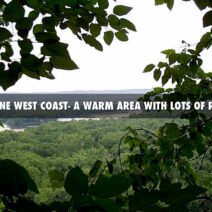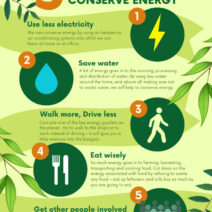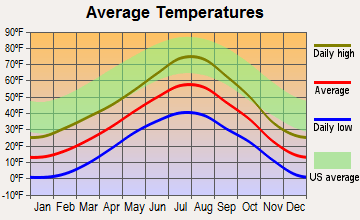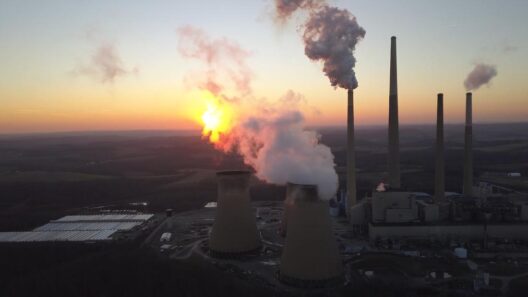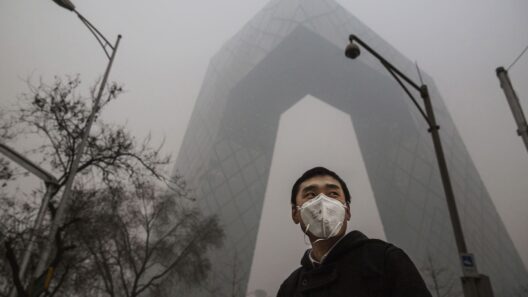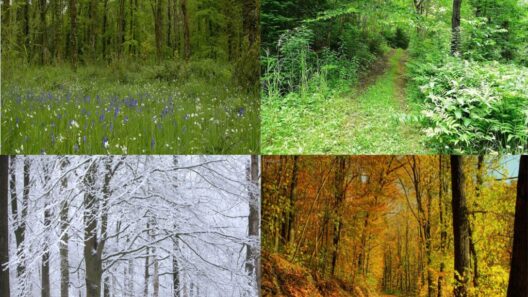Yellowstone National Park, the crown jewel of America’s natural heritage, spans over 3,400 square miles and boasts a rich tapestry of ecosystems, making its climate uniquely multifaceted. How does one describe the weather in such a vast and varied landscape? The question invites a closer examination of the atmospheric conditions that sculpt the wilderness and shape the experiences of those who traverse its breathtaking terrain.
The climate in Yellowstone is largely categorized as a subalpine climate, influenced by its elevation, geography, and proximity to towering mountain ranges. The park’s elevation ranges from approximately 5,282 feet at the lowest point to over 11,000 feet at its highest peaks, which creates a fascinating gradient of climatic conditions. Visitors may find themselves pondering: can one park truly encapsulate both the serene and the tempestuous?
The seasons in Yellowstone are distinctly pronounced. Summers are typically warm, with daytime temperatures averaging between 70°F and 80°F. However, this warmth is often accompanied by unexpected coolness, especially at higher elevations where temperatures can plummet as low as the 30s during the evenings. It’s not unusual for travelers to experience a sunny morning that morphs into a snowy afternoon, embodying the park’s whimsical weather patterns.
As one ventures into the realm of autumn, the park’s foliage transforms into a breathtaking palette of reds, oranges, and yellows. September can still offer balmy days, but by October, temperatures begin to cool significantly, heralding the arrival of winter. Winter in Yellowstone is a world of stark contrasts. Lows can reach 20°F to 30°F, and heavy snowfall blankets the park, creating captivating vistas, yet isolating it from the outside world. Wildlife, often dormant, provides an opportunity for introspection about adaptation and survival in the face of climatic extremes.
Spring is a season of renewal, as the snow melts away revealing the vibrant undergrowth and the resurgent wildlife. However, spring weather can be capricious, often characterized by rapid fluctuations in temperature and sudden storms that might catch even the most seasoned adventurers off guard. One might ask themselves: when is the best time to visit Yellowstone, knowing that spontaneity seems to reign supreme in its weather patterns?
The average annual precipitation in the park is about 20 to 30 inches, depending on the specific area. Most of this falls during the summer months, contributing to the lush greenery and the flow of its famous rivers. Thunderstorms are common in the afternoons during this period, and they can develop rapidly, displaying nature’s unbridled energy. These summer deluges can lead to flash flooding in low-lying areas, creating challenges for the unwary traveler.
The interplay of climate and weather in Yellowstone is not merely a backdrop for recreational activities but is critical to maintaining its rich biodiversity. The distinct climatic zones support an array of flora and fauna, adapted to the varying conditions. In the higher elevations, you might find impressive stands of coniferous forests, while the valleys flourish with wildflowers. Seasonal changes undeniably play an essential role in the lifecycle of these ecosystems.
Furthermore, climate change looms as a persistent challenge over these ancient landscapes, posing significant risks to the delicate ecological balance. Increasing temperatures, shifting precipitation patterns, and extended drought periods threaten not just the park’s aesthetic charm but its intrinsic biodiversity. The glaciers in the park, once a major tourist attraction, are receding at an alarming rate, emblematic of broader climatic shifts occurring globally.
Wildfires, exacerbated by prolonged drought conditions and warmer temperatures, are another stark consequence of changing climate patterns. Yellowstone’s ecosystem has evolved to tolerate and even benefit from naturally occurring wildfires, which rejuvenate habitats. However, the frequency and intensity of these blazes are on the rise, presenting a direct challenge not only to wildlife but also to human safety and park infrastructure.
When visiting, it is essential to approach Yellowstone’s climate with a spirit of preparedness and respect. The local weather can be unpredictable; visitors should always pack for a range of conditions, including rain gear, warm clothing, and sunscreen. Understanding the nuances of weather patterns in the park can mean the difference between a memorable adventure and an unforeseen struggle against the elements.
Ultimately, Yellowstone stands as a testament to the power and unpredictability of nature. Its climate is a fascinating tapestry, woven from myriad threads of geographical features and atmospheric conditions. While every season offers its unique beauty, the fundamental question remains: how will ongoing climate changes affect one of America’s most cherished national parks?
In summary, Yellowstone National Park is a vibrant ecosystem governed by a complex interplay of temperature, precipitation, and seasonality. The park’s wild weather invites introspection and awareness of our environmental responsibilities. As the world grapples with the implications of climate change, Yellowstone serves as both an awe-inspiring destination and a poignant reminder of the delicate balance that sustains all life. Navigating this natural wonder requires not only appreciation but also a commitment to protecting its future, ensuring that it remains a wild refuge for generations to come.

